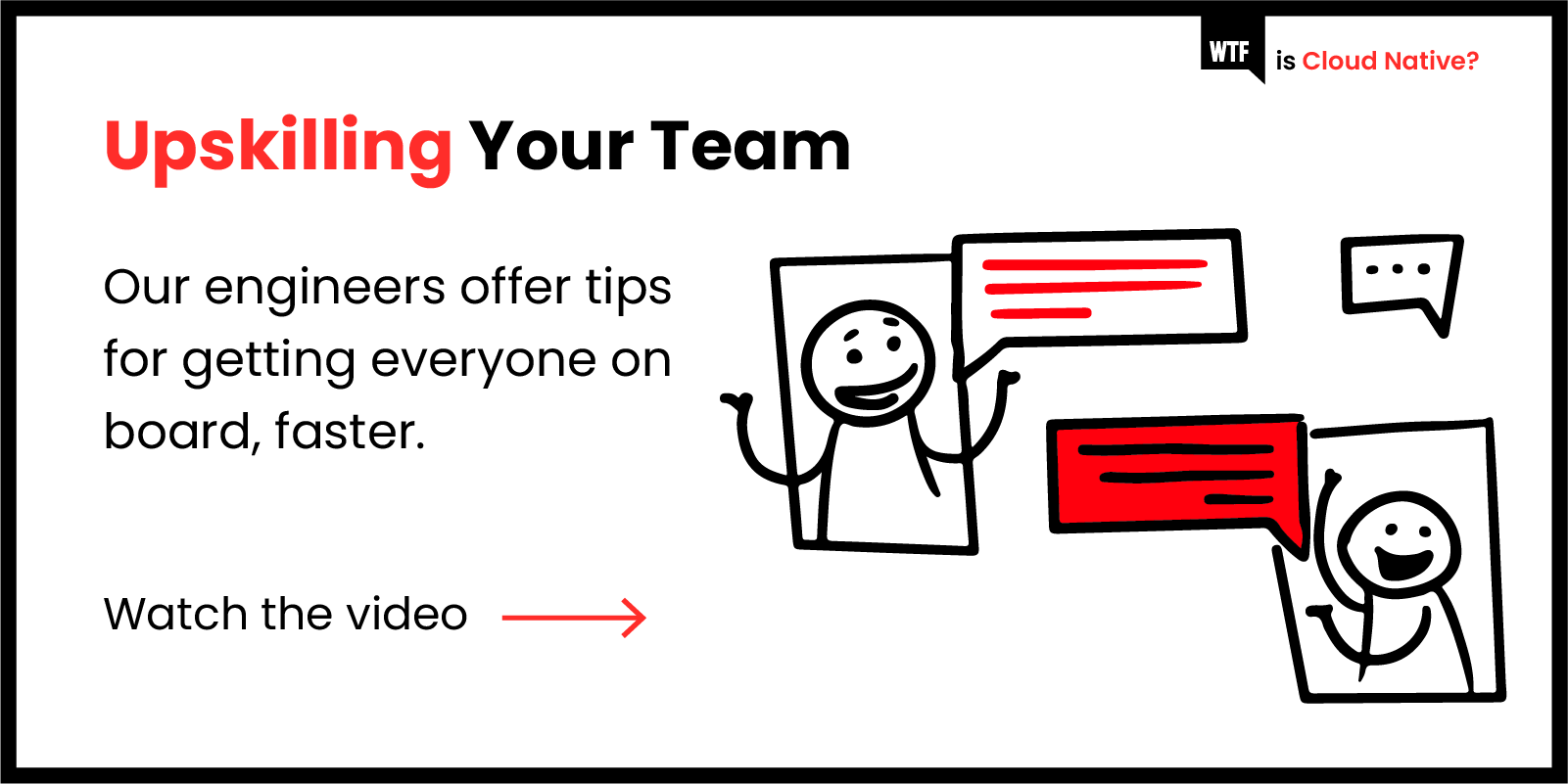We all know— or should know by now—that diverse teams and organisations are more successful and creative, have better retention rates, and result in a healthier workplace culture. The data to underscore these points is plentiful. Yet, tech teams most often lag in this area.
In her book, Brotopia, Emily Chang argues that “the scarcity of women in an industry that is so forcefully reshaping our culture simply cannot be allowed to stand”. I agree with her, but struggle to understand what I can do to have a positive impact on the gender diversity of the teams that I am part of.
I have worked in companies where female employees far outnumbered the men, but even there, engineering teams remained a male domain. I have spent 20 years in website and application operations in a variety of large and small organisations and can count the female engineers I have worked with on my fingers. I naturally moved into leading teams halfway through my career as I wanted to be able to scale the results of my work. Despite my best intentions and pointed efforts, I have never managed to build a team that has meaningful gender diversity.
When hiring, I have found only a small pool of possible female candidates, making it hard to find women who are a good cultural and technical fit. Many companies are desperate to reach their diversity targets, and so competition to attract the best female engineers can be fierce. There are many factors that contribute to the low numbers of women to be found in STEM industries; largely centred on gender biases in education and socialisation. I always bring my focus back to the aspects of a problem that are under my control.
I find myself asking what role my unconscious biases have had in my failures to hire female engineers. Have we written a male-biased job ad? Does our male-dominated culture repel female candidates? Have we communicated through the right channels to reach a diverse talent pool?
In order to answer these questions I need to know what women in our industry experience. As a middle-class, middle-aged white male, what can I do to learn about the experiences of minorities in this same environment? Here’s how I’ve tried to become a more effective champion for women in our field.
Ask female colleagues about their perspective—and listen.
Speaking to female colleagues and being prepared to ask further questions and listen to the answers was a good start. Hearing someone speaking about their negative experiences of an environment that I have had a role in creating can be uncomfortable and frequently surprising, but it is worth taking the time to ask further questions to ensure I have understood. I began to appreciate that the same environment can be experienced very differently— just because it is comfortable, supportive, and safe for me does not mean that is for all.
My very presence in these conversations as a man influences what is and can be said and how it is presented. Do my female colleagues feel psychologically safe enough to be able to plainly express the discrimination they suffer to someone who may be part of the problem? It is hard to know how to minimise your own influence on those around you.
Attend Women in Tech forums.
My wish to learn more about how others experience the tech industry drew me to attend a Women in Tech event. I hoped that it would be possible to hear the female voice free from male influence.
I found a forum there where more than 50 women came together to discuss their experiences of the tech industry. The depth of insight that they offered and awareness that they had of the dynamics and forces at play surprised me. In a short space of time I learnt more about the female experience of the tech industry than I had gleaned over the years of my career before that—from the basic realisation of how common the experience of being talked over and interrupted in meetings was for these women, to an appreciation of the nuanced skills required to truly know your own strengths and lean into your vulnerabilities.
I found the experience of witnessing these varied perspectives and simply listening to what was said moved me deeply. The focus of the event was the shared understanding of how the female experience of this industry is being resistant to survive in the hostile environment; to be successful this resistance needs to gradually translate into the resilience that can be such a positive feature in any team. Female engineers develop an array of tools that male colleagues have never required. I believe it is these tools that are essential to create a truly high- performing team.
I came away from this event with a new understanding of the tech industry and a resolve to change it for the better. I attend many tech events but this one had a far deeper and more fundamental impact on me.
I hope that men reading this blog post will also go to forums where they can witness the power of the female voice. I believe that the lack of gender diversity in tech deserves concerted positive efforts from every member of the community. This effort can lead to the tech industry being a successful example of gender equality rather than the dystopia that is threatening to take over Silicon Valley and indeed the entire industry, as exposed by Chang in Brotopia. An awareness of the female experience in this industry is just a beginning, but the first step is often the most important.
Seek to understand and support.
Further steps I am currently following and would encourage other men to investigate are:
- Trying to understand how my privilege can be used to try to change the tech industry.
- Being prepared to challenge the biases of others by asking why. For instance, if I see the female members of the team picking up or being assigned more office admin tasks than their male colleagues are, I take the time to ask why.
- Accepting that we all have our own biases; many of mine sit in my blindspots. Trying to become more aware of my biases from the feedback of others or identifying them with online tests such as these. Awareness can enable me to try to challenge and overcome my biases.
- Share the visibility that men automatically receive within the industry. Invisibility is one of the biggest issues for under-represented groups.
- Be prepared to step aside when offered a speaking or writing engagement and create a platform for female engineers; support the learning this opportunity offers to the engineer with your time and detailed feedback.
- Ensure that team cultures and goals are clear and inclusive—seek feedback from female colleagues.
- Follow Twitter feeds or subscribe to newsletters, such as betterallies, to get regular reminders of the behaviours I want to make a habit.
Conclusion
I believe that I have begun my journey to try to make the tech industry less gender skewed than it is currently. I feel strongly that men within the industry need to take personal responsibility to understand and continually strive to increase the gender diversity of the teams that they are part of.
There are no easy fixes to this problem, and I have yet to see any dramatic results in the teams that I am part of. I can only measure my success by asking female colleagues for feedback and listening to their experiences of any issues that remain. I hope to be able to play my part in the sea change that is so important to creating a positive, diverse future that enables the tech industry to reach its full potential.
%20can%20help%20improve%20inclusion%20in%20the%20field.png)


 Previous article
Previous article
